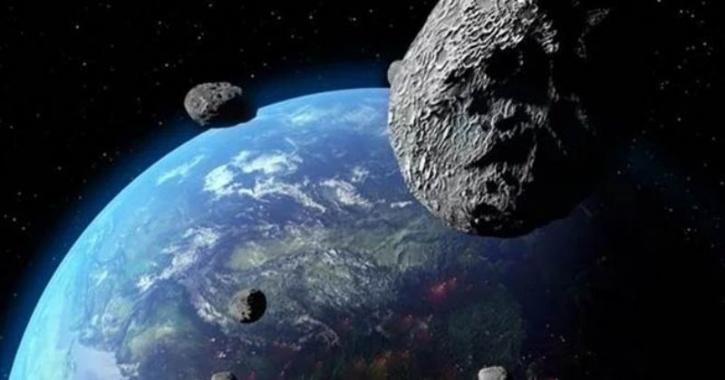“As big as the Burj Khalifa”: Asteroid to pass by Earth on Sunday

An asteroid, nearly as big as the Burj Khalifa in the United Arab Emirates (UAE), will fly past by the Earth on Sunday, November 29. This will be a special moment for sky gazers. The asteroid named (153201) 2000 WO107 by NASA is said to be more than 800 metres high and over 500 metres wide, and this space rock will pass by Earth at 1.08 am (US time).
Burj Khalifa is the world’s tallest building with a height of 829.8 metres and this asteroid discovered in 2000, has a diameter is 820 metres.
As per NASA, the asteroid is racing towards Earth at a speed of 56,000 miles per hour and has a diameter of 820 meters and a height of 370 meters.

The asteroid (153201) 2000 WO107 has been classified as a Near-Earth Asteroid (NEA). NEA is a group of comets and asteroids pulled into the orbit due to the gravitational forces of nearby planets, thus allowing them to enter the Earth’s neighbourhood. It has been classified as a ‘Potentially Hazardous Asteroid’ by Nasa’s Jet Propulsion Laboratory due to its predicted close pass with Earth.
The space agency said that “NEOs are comets and asteroids that have been nudged by the gravitational attraction of nearby planets into orbits that allow them to enter the Earth’s neighbourhood,” as reported by dailystar.co.uk.
The asteroid does not pose a threat to the Earth. On several occasions, NASA has said that most asteroids pass by Earth regularly and even enter the planet’s atmosphere but they are not of “the greatest concern”. Even though it has been classified as a ‘Potentially Hazardous Asteroid’ by Nasa it would not harm the earth.
Even when the asteroid is the closest to our the planet it will be at a distance of 43 lakh kilometres from the surface of the earth. This distance is more than the distance between the Earth and the Moon.
After Sunday, it is expected to pass by Earth on February 6, 2031, according to reports. It was last officially seen on January 13, 2018.
“No asteroid of larger than 140 meters has a chance of hitting the Earth in the next hundred years,” the US space agency had said earlier.


